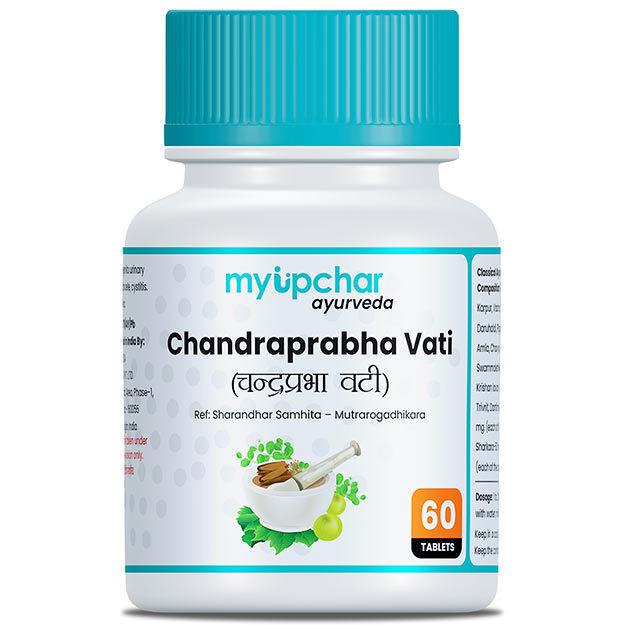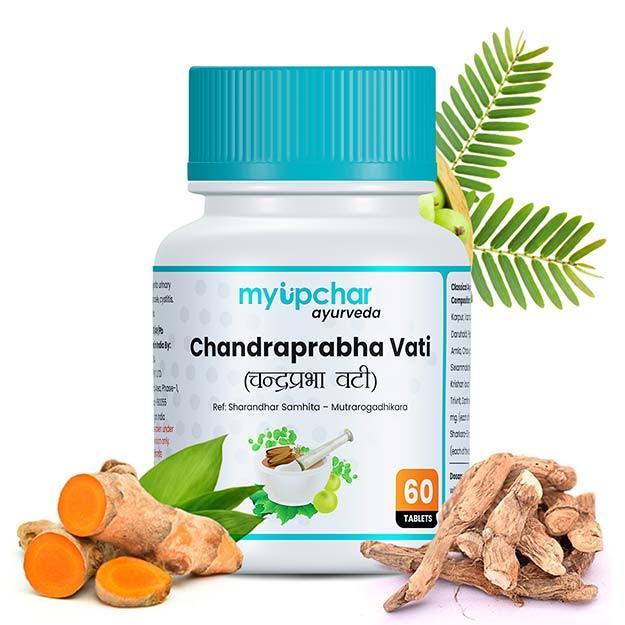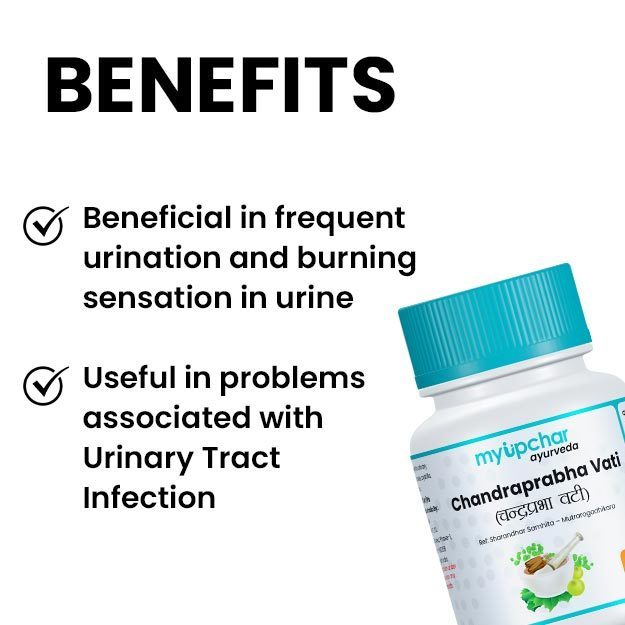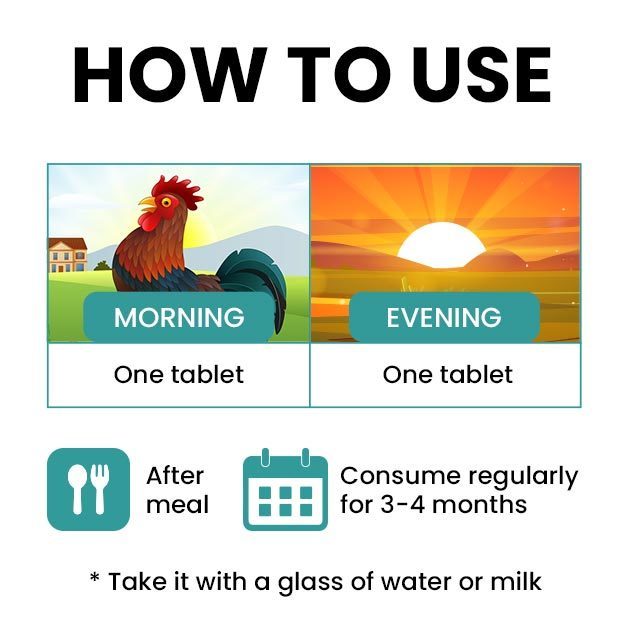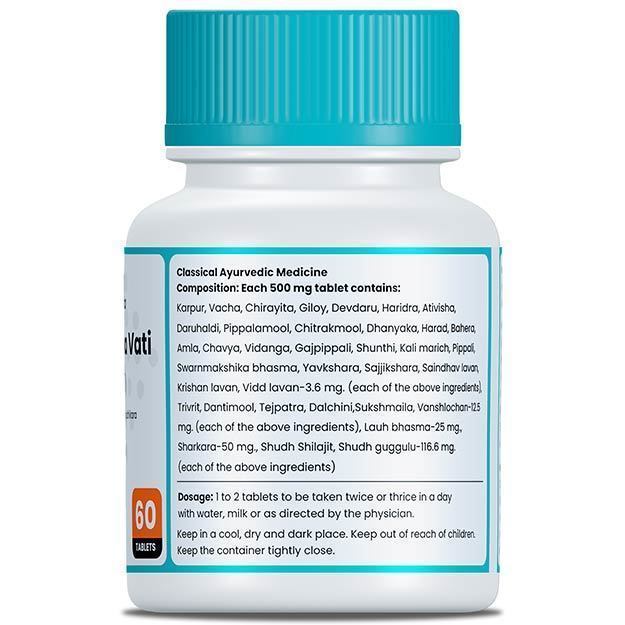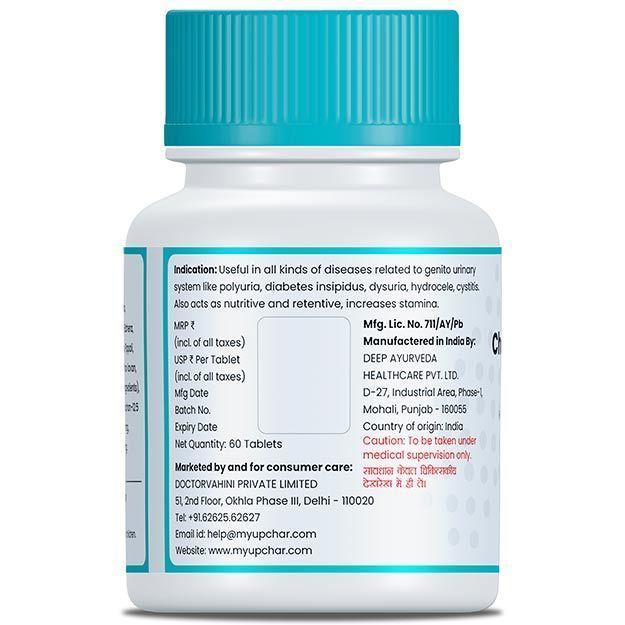When delivery is done through vagina, sometimes the baby needs a little more space to come out, for which the area between the vagina and anus of women, called the perineum, gets torn and has to be stitched. This condition is especially likely to occur in women who become mothers for the first time. About nine out of ten women have to undergo an incision. This sounds dangerous, but the best part is that these incisions are small and some of them do not even require stitches. Perineal tears are divided into four categories. Third and fourth degree tears are quite rare, but they cause a lot of pain. You may also get hurt when the baby comes out of the vagina.
(Read more - Pros and cons of natural birth and C section)




